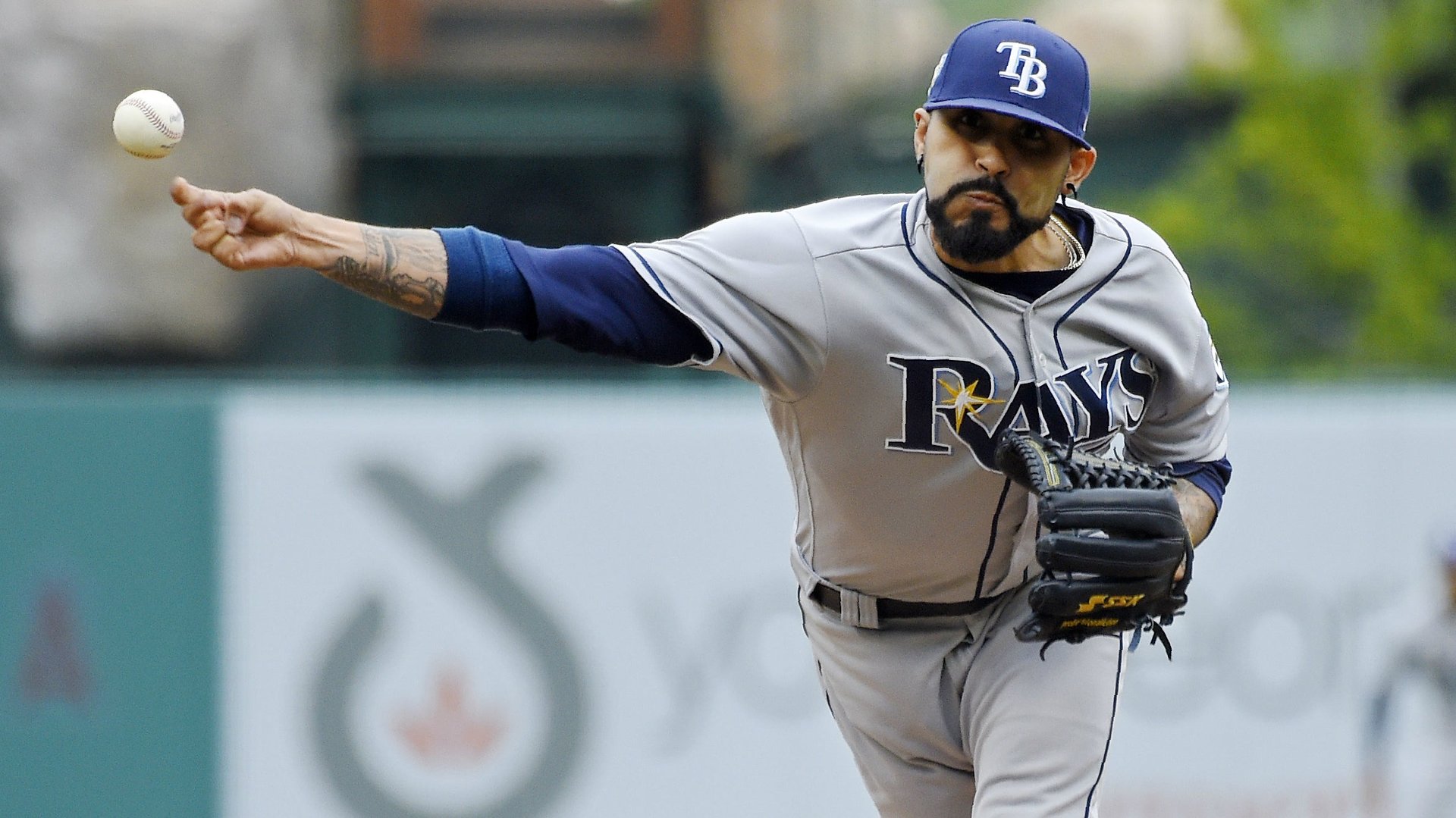If you haven’t been following baseball lately, some wild stuff is going on
Baseball is a game of tradition. That’s one of its big selling points. Maybe it’s a little boring sometimes, but at least fans have known what they are going to get.


Baseball is a game of tradition. That’s one of its big selling points. Maybe it’s a little boring sometimes, but at least fans have known what they are going to get.
Not anymore.
Major League Baseball, from a strategic standpoint, has gone crazy. Relief pitchers are starters, pitchers are hitters, and infielders are outfielders. Let us lead you down the basepaths into this topsy turvy new world.
When relievers are starters
The Tampa Bay Rays pitcher Sergio Romo is 35. He has played in the big leagues for 12 years, and appeared as a reliever 588 times. On May 19, he started his first-ever game, against the Los Angeles Angels. On May 20, he did it again.
Baseball teams never start the same pitcher two days in a row. Throwing 100 pitches, as starters are asked to do, two days in a row would kill an arm.
So what’s going? In both cases, Romo wasn’t actually acting as a traditional starting pitcher. Rather, the Rays decided it would advantageous have him pitch the first inning because he matched up well with the first several hitters in the Angels lineup. It also had the benefit of allowing the “starting” pitcher, Ryan Yarborough, to only face the Angels’ best hitters twice. This is beneficial because pitchers tend to struggle against hitters the third time they face them in a game.
The gambit was a success. In the first game, Romo struck out all three hitters he faced, and the Rays won. In the second game, Romo struggled, but once again didn’t allow any runs.
Travis Sawchik, of the baseball analysis site Fangraphs, writes that the Rays’ innovation was driven by necessity. As one of the lowest revenue teams in Major League Baseball, and in the same division as financial powerhouses the New York Yankees and Boston Red Sox, the team has to be creative.
It begs the question, when a relief pitcher starts a game, what do we call them? The Ringer’s Zach Kram suggests “openers.”
When pitchers are hitters
In the second of the two games Romo started, he wasn’t the biggest anomaly on the field. That day, the Angels started Shohei Ohtani, the great 23-year-old Japanese pitcher who is taking baseball by storm. Or should I say great hitter.
In his debut season, Ohtani is achieving the miraculous. He is the first player in a century to be a successful pitcher and a successful hitter. Babe Ruth, arguably baseball’s greatest player ever, was the last do it. That was in 1919.
It’s a lot to ask of a player, so the Angels have made adjustments to accommodate him. While most teams have five starters who pitch in a rotation, the Angels have six. For the most part, Ohtani pitches every six games, and rests the day before and after he pitches. On the other three days, he hits as part of the regular lineup.
He has done both exceptionally well. As a pitcher, he is a strikeout machine and gives up far fewer runs than average. As a hitter, he has been arguably even better. He already has six home runs, and gets on base at a rate well above the norm.
Ohtani is quite literally doing something that few on Earth have ever seen before.
When infielders are outfielders
In the first week of the 2008 season, the Texas Rangers took on the Houston Astros. When the Rangers’ slugger Joey Gallo came to the plate, the Astros fielders fled the infield.
The Astros decided that Gallo was so likely to hit the ball in the air that they stuck four players in the deep outfield. The Astros’ third baseman stood near the fence in left field. The other three “infielders” were all beyond the dirt area where infielders normally position themselves.
This alignment is the culmination of a decade-long trend away from traditional positioning. In 2017, teams were more than six times more likely to shift fielders away from traditional locations than they were in 2011. Most of the change involved putting three infielders on one side of the field, and just one on the other (traditionally there were two on each side). Now teams increasingly move one infielder to the outfield.
When you see this positioning on the field, it barely looks like baseball.
It’s fantastic.